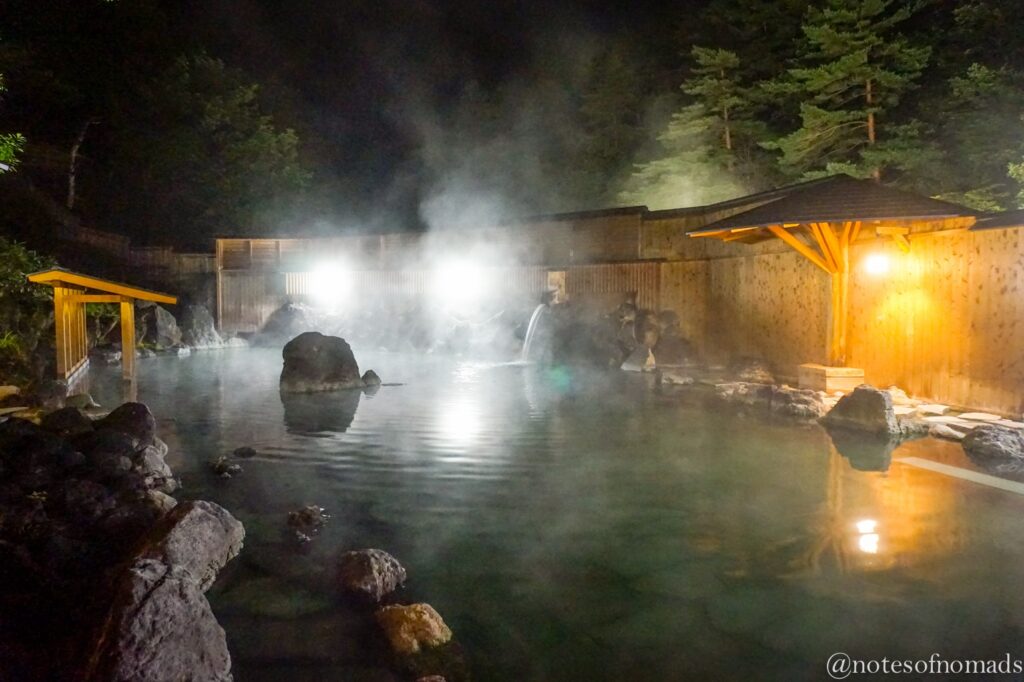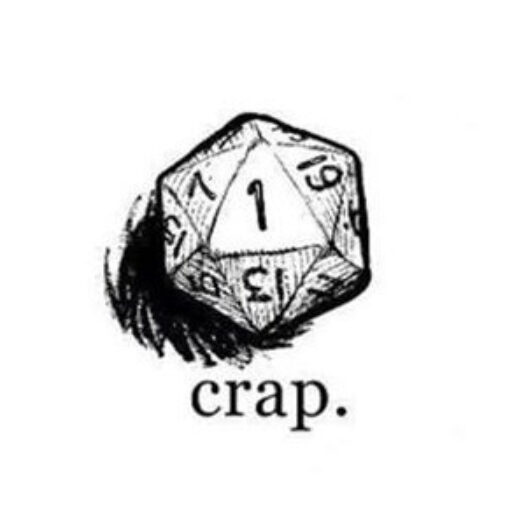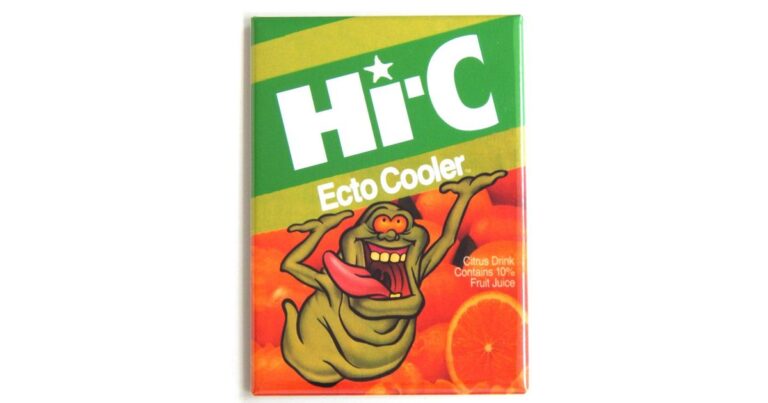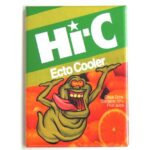The Emerald Magistrate had a few tasks for his new Yoriki, that would take them eastwards towards the coastal settlement of Slow Tide Harbor. First they must meet with his dear friend, Doji Hiroka and hear a problem that they were going to solve for her. Second, they must drop off a few packages at Postal Stations along their way (not unusual for anyone traveling). Third, kill the capemaker of Slow Tide Harbor!
We’ll get to that third one in good time.
Doji Hiroka was the consummate Crane courtier, delicate of phrase and deed, decked out in the absolutely latest fashions and swanning around the castle’s Garden of Verdant Serenity as they talked. She was there to handle a matter on behalf of Oromo Saneda an imperial official in the capital, Otosan Uchi. His son Hiroshige, by her account a wayward young man who was wasting his life through an opium pipe, had recently gone missing from his own personal rock-bottom, a disreputable port called Slow Tide Harbour. When Otomo’s retainers had gone looking for him, they found he had been a) passing himself off as a Doji, b) missing for a while, c) leaving a trail of debts behind him.
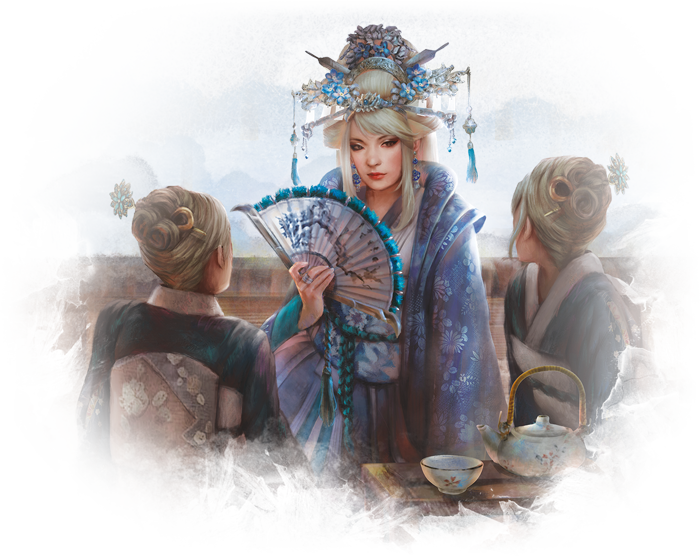
A missing Samurai of considerable lineage (if not achievement) is a serious business but a potentially embarrassing one. So as a favour to Oromo Saneda, Doji Hiroka was calling in a favour from Asako Fumihito, who in turn was leveraging his position as Emerald Magistrate to make the Yoriki go and figure this all out. That’s how you get things done in Rokugan. On the quiet, at least.
The Yoriki got themselves outfitted for their travel by their clan representatives. And then they set off after checking in with Fumihito again regarding the parameters of the mission: find the samurai and keep it all quiet. Oh and kill that capemaker.
Their first night out on the road was quiet and they set up a little camp before being visited ONE LAST TIME PINKY SWEAR by Doji Satsume’s ghost. While the outcome of their deliberations may not have become public knowledge thanks to Agasha Sumiko’s official rewrite; they had kept his family out of the spotlight and brought no disgrace to them. Apparently the ghost doesn’t know that one of them kept the blasphemous correspondence and I’m sure that caused a bit of butthole puckering around the fireplace while Satsume thanked them. With that he floated on to his temporary reward and out of the realm of mortals,.. for now. That’s not meant to be threatening or foreshadowing; that’s just reincarnation, man.
Anyway, on their travels they had to drop off a packet of mail at Dry Path Village’s post station. So a few days out of Shiro Yogasha, they crested the hill and looked on the rain swollen rice paddies of Dry Path Village. Even from a distance they could tell something was very wrong. For a start: the town had more or less burned to the ground.
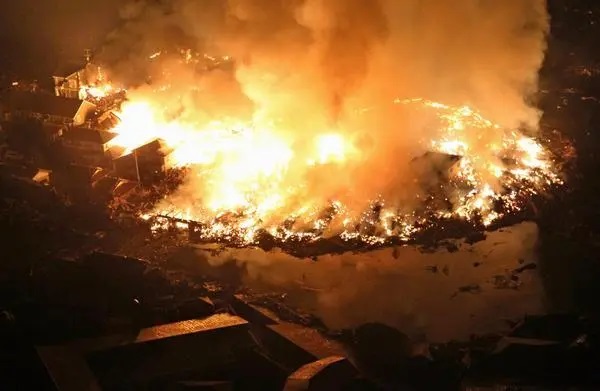
Fire is one of Rokugan’s great destroyers; along with earthquakes⦠and floods⦠and famine. It’s a tough place to live, really. Especially when all you have is in a wooden hut that has been burned to a crisp. very little of the town remained standing: a few stone or mortar sections of wall and one untouched but blackened low building. As they neared the silent village they found burned corpses kneeling in the road, limbs curled and skin blackened and crumbling.
Advancing along the raised paths through the ponds that gave the village its name, they were intercepted by a roaring, swirling black column of smoke and soot. From within its dense cloak of blackened debris a forge-bright being of flame surged towards them, lashing out at them with limbs like burning blades. Surrounding it, they struck at its burning form until the thing collapsed and sank into the ground. All around them the embers of the burning village flared and smoked.
They confirmed that the one standing building appeared to be a disused smithy. Nothing inside was damaged, although there wasn’t really much in there. As the fires rekindled outside and then suddenly went out, a figure came pelting down the nearby hillside, calling on the samurai to come his way. The figure was a spry elderly monk who led them out of the village as the enraged fire kami reformed.
Running up the hillside, they made it through the torii gate with not much time to spare before the fire kami battered itself against the shrine’s protections. Pressing against an invisible wall of protection, the kami’s nature was revealed: a full on fire temper-tantrum. As violent and destructive as this already-lethal elemental was, Sugi couldn’t detect any of that queasy, skin-crawling sensation associated with Kansen – corrupted elementals endemic to the Shadowlands. This seemed to be a regular kami, but driven to rage by something.
Now if they’d had a shugenja with them, the shugenja could have communicated with the fire Kami, buuuut, shugenja ARE very rare after all. The monk, Yoshi, was probably the closest they had and he knew only the barest facts beyond how to maintain this little shrine.
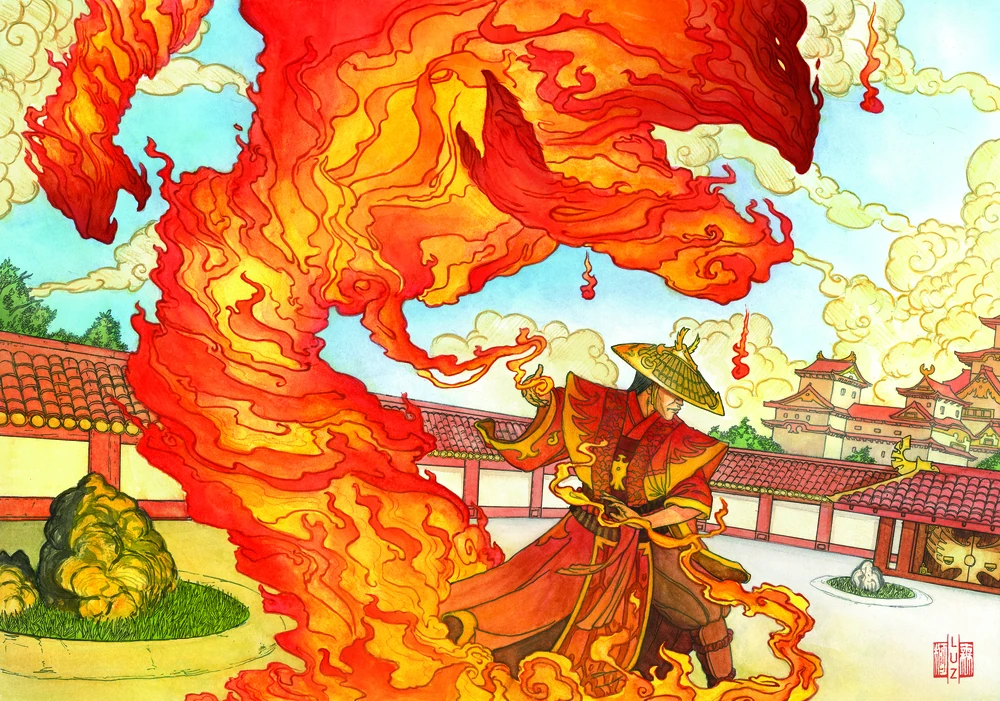
The small hilltop are of the shrine was now home to all who survived from Dry Path Village with many burned in their homes and others killed as they bought time for their loved ones to escape. The shrine itself was a simple, modest shrine to Inari, the Fortune of rice cultivation represented all over Rokugan and this shrine by a pale carved stone of a sitting fox. This was a much cared for shrine, and it seemed to have the power to hold back the raging fire kami.
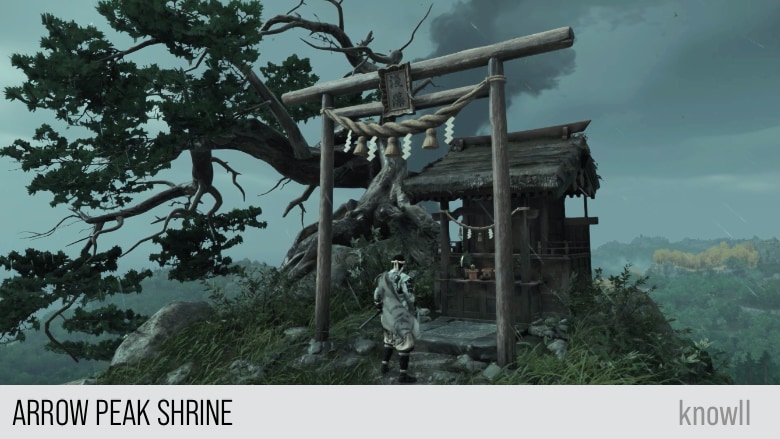
From the monk and villagers they got the story about how this suddenly went down, with the catastrophe beginning shortly after this one new guy, Goroharu, tried to start up the old forge. Goroharu was absolutely terrified of the samurai because it turned out he wasn’t even legally there. He was a travel-paperless refugee from Tsunami devastated Crane-lands and wasn’t supposed to have abandon his job as blacksmith’s assistant at the now completely destroyed coastal town from which he hailed.
The old blacksmith had died years ago, and his apprentice fled, leading to an economic decline of the entire town. He had been assigned there to service traffic due to the postal station; the occasional cart part or rare farrier work. The town’s elders talked fondly of the blacksmith, who was evidently far more talented than the village called for⦠he was able to craft ingenious puzzles and delighted in stamping puns and jokes onto the farm implements that he created for the peasants. The farmers still had many of the implements he made for them, many years of hard use later, such was his skill in smithing them. A woman proudly displayed her rice cutting kama given to her and her mother when she was a child: the smith had stamped the hiragana for Princess into the girl’s and Queen (oujo and joou, respectively, the same characters but in reverse order) into her mother’s. The middle aged Heimin woman was illiterate, but was very proud of this quality piece of equipment that had become a heirloom in her family and story of the stamps.
The monk was concerned that the integrity of the small shrine would not last against the fire kami’s assaults, but also there was no way for a shrine to stay undefiled with 30-odd people living in it and unable to leave it. In the meantime, he would maintain the ropes and paper prayers that were slowly singeing at the boundary of the shrine.
The Yoriki girded their loins and headed down the hill, Goroharu in reluctant tow, back into the village, dashing for the forge building. Some ran distraction around the village, vaulting crumbling walls and destroyed farm tools as the kami chased them in a rage. That bought them time to get safely into the smithy, but didn’t seem to be necessary once they were actually in. The kami stomped and whirled around angrily outside the forge, but did not enter it or harm it.
Inside they found that the forge’s clay coated chimney held crude but legible kanji pressed into the clay. They found two cups in the brick forge bottom too, which seemed unusual. The kanji didn’t seem to make much sense: a cow, a . But remembering that puns and wordplay that the old smith had stamped into even the simplest of his tools, they toyed with reversing the characters. Instead of Thousand, Cow, and Fox they now had Mochi, Milk and Moon. Working under the pressure of having a murderous column of bright death pacing about outside finally got to Koji and he snapped; he let everyone know exactly what he thought of them before he was able to rein in his emotions. Goroharu almost got the sharp end of Koji’s wakazashi through the back of his cowering neck, such was Koji’s sudden rage at… everyone.
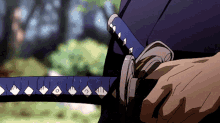
Speaking of which⦠they knew little of fire kami but this destructive tantrum seemed like the unbridled emotional outburst of a toddler. Probably not exactly the same thing for a timeless undying spirit of nature, but close enough that this gave them a conceptual handle on it: whatever the new blacksmith had tried, he had failed to follow the steps to keep this giant personified meltdown happy. They decided to try to appease it with the items it had apparently been promised.
This meant actually finding mochi⦠milk, amazingly, they had on hand as Takuya travelled with fermented milk⦠as a treat. But when they had placed these snacks in the forge and opened the little forge vent window letting the moon shine through the forge burst into an intense flame and the menacing Kami outside, sank into the ground gratefully.
The villagers of Dry Path Village have a long hard year ahead of them. But rather than turn in Goroharu the Yoriki made sure he knew why and how the forge should be started. Then they (but really on Doji Koji’s directions since he technically has authority over this guy) tasked him to work tirelessly to help the village rebuild and flourish, and they’d forget that he shouldn’t even be there. Although their task of dropping off this parcel of mail at Dry Path Village’s obliterated Postal Station was no longer possible, at the next mail stop (a very pleasant onsen that was in no peril whatsoever) they drafted a letter to the local lord appraising them of the situation at Dry Path Village. That piece of diplomacy praises his new blacksmith so the lord would either refute that he has a new blacksmith, admit that he didn’t know about what goes on in his own lands etc, etc. The easiest way to save face is just to agree; yes, that guy is wonderful, isn’t he?
Problems solved! And they were on their way from Dry Path Village. Their next stop was a well known onsen at Shukuba which was as comfortable and pleasant as Dry Path Village had been stressful and on fire. They dined and drank to their fill and were entertained by a charming Geisha, who played the shamisen for them, read poetry and played some parlour games for their entertainment. It was lovely. Next stop: Slow Tide Harbour.
